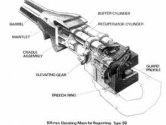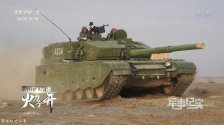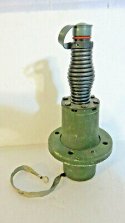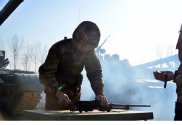Not sure how correct this is, but the recoil difference to me seems due to the fact that Soviet/Chinese tanks turn off the stabilizer or don't keep them functional during a shot, therefore the barrel follows a natural gun recoil motion. It's much less noticeable on the 99A than the regular 99s or 96s probably also due to weight, heavier turret, more rigid suspension. Another faction could be that the gun on the 99a is more powerful than the 120mm that western tanks use. If designed to have the stabilizer on, I'd reckon the barrel would recoil more, but only backwards in a straight line. However it could be possible that this would put too much strain on the stabilizing systems so that isn't implemented. Simply as a lot more weight or balance is added to the turret, like composite plates and armor, that seems to improve visual gun recoil. So I'd guess it's just due to the typically smaller and lighter turrets.
Quick question that I've tried searching about but haven't found a super concrete answer for yet.
What's the explanation behind the difference in turret recoil/stabilisation between Chinese (Type 99/99A specifically)/Russian tanks and western + South Korean tanks after firing a shot? Both Chinese and Russian tanks have the turret "bounce" upwards after a shot while the other tanks turrets don't really bounce but sort of just retract inward instead. I've read that it could be due to the fact that autoloaders are used so there's less space inside the CN/RU tanks for the turret to go but the Korean K2 also uses an autoloading system so it can't just be because of that. Also the weights of the K2, T14 Armata, and Type 99/99A are very similar too so surely it can't be because of the weight either.
Videos demonstrating what I'm talking about:
Tanks are not my strong suit (yet) so apologies if anything was worded strangely.




